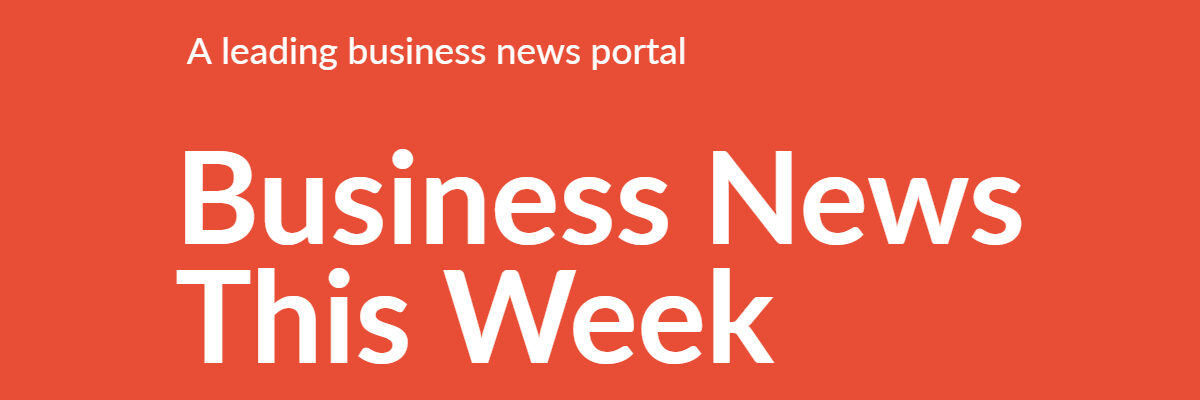Bengaluru February 3rd, 2025: As we observe World Cancer Day here is a meaningful intervention by Bengaluru doctors. Two friends came together seven years ago to turn their dreams into reality, sparking their research into oral cancer screening. After years of hard work, they have achieved a breakthrough, receiving a prestigious grant for their efforts. Dr Narayana Subramaniam, a head and neck surgical oncologist, and Hardik Pandya, an IISc engineer-scientist, have secured a Rs 20.6 crore ($2.4 million) U-01 grant from the US National Institutes of Health. Partnering with GE Healthcare, their project to develop a rapid, low-cost oral cancer screening platform stood out among competitive global entries.
The duo has developed a ‘pan-cancer diagnostic platform’ prototype that utilizes advanced imaging technology to examine cells from the human body for the detection of cancers, with the primary focus initially being on ‘oral cancer’. The goal is to make cancer diagnostics more accessible, efficient, and affordable, particularly in underserved regions like Tier 2 and Tier 3 cities, where access to pathology services and specialists is limited. The platform images and analyzes cells, providing an accurate and efficient way to detect cancer.
Subramaniam explained that current cancer diagnostics require patients often to travel to hospitals multiple times for tests. This process delays diagnosis by days or weeks, creating a significant barrier, particularly for economically disadvantaged patients. “In smaller towns and rural areas, where biopsies often need to be sent to metropolitan centers for analysis due to a lack of local facilities or pathologists, this technology could allow digital imaging to be done on-site.”
Pandya said, “This prototype will digitize the images locally, so only the images need to be transmitted over the internet for analysis. This could reduce the turnaround time for diagnosis and be used for the detection of cancers. At the end of the day, it’s an efficient, accurate way of looking at cells from the human body. With the resources provided by this grant, we aim to build out the platform further, helping patients and doctors in many other ways.”
Highlighting the accessibility gap, Pandya shared how their portable scanner integrates advanced imaging and artificial intelligence (AI) to streamline cancer screening. “The technology allows ASHA workers or primary physicians to collect and analyze cell samples onsite, minimizing reliance on specialized pathologists. The AI assists in identifying atypical cells and ensures only necessary cases are referred for further analysis, reducing costs and delays,” he explained.
The duo emphasized affordability as a cornerstone of their research. While conventional slide scanners cost upwards of Rs 30 lakh, their goal is to develop a portable device priced below Rs 1 lakh. “We aim to design an indigenous solution using 3D-printed hardware and locally sourced components to bring down manufacturing costs,” said Pandya.
Our technology combines cytology and histology features, making it versatile for primary and tertiary care. The AI not only aids in screening but also ensures pathologists retain the final decision-making authority.
The team hopes to complete validation and move towards mass production within five years, envisioning a transformative impact on oral cancer care in India. Subramaniam shared, “India is the oral cancer capital of the world. With this platform, we aim to improve survival rates and reduce treatment costs by diagnosing cancer earlier and integrating patients into the healthcare system seamlessly.”
The friends further said that if the present model gets clicked in the market, they have further plans to expand into other areas of cancer like cervical and breast. The mission is to create a solution that is not only cutting-edge but also accessible to the masses. Pandya said, “The emphasis is on ‘affordable care’ that can reach people in need, rather than limiting the technology to premium services in urban areas or private institutions.”
Quote Box:
Dr Narayanaya Subramaniam Head & Neck Cancer specialist
“I always call Hardik ‘Willy Wonka’ because his lab at IISc is like a treasure trove of prototypes and ideas. Since I met him, I’ve been pulling him toward cancer research, specifically head and neck cancers, which make up 99% of what I care about. Hardik is incredibly passionate and technically brilliant. If he’d chosen to focus on making money, he could’ve done so easily in many other fields. But his commitment to social impact is what drives us both. Over the past seven years, we’ve faced countless failures in securing large grants, but we’ve persisted because we share the same vision for affordable care.”
Hardik Pandya, engineer-scientist, IISc
“Collaboration is crucial. When it comes to healthcare innovation, interdisciplinary research is the way forward. Engineers, scientists, and doctors need to work together, but true collaboration happens only when each discipline values the other. In healthcare, doctors should lead proposals because they’re the end users. They understand the challenges and needs better than anyone else. Institutes like IISc and programs like MD-PhD are steps in the right direction, bridging gaps and enabling meaningful collaborations that can truly impact society.”
